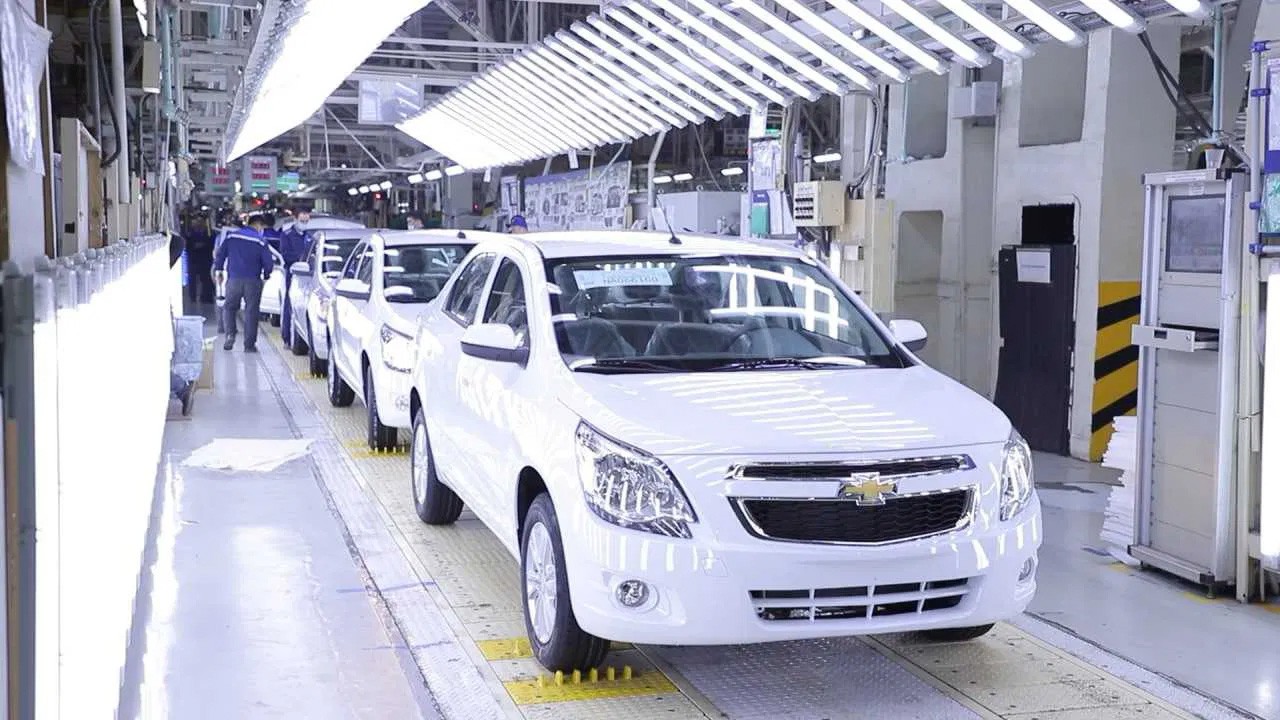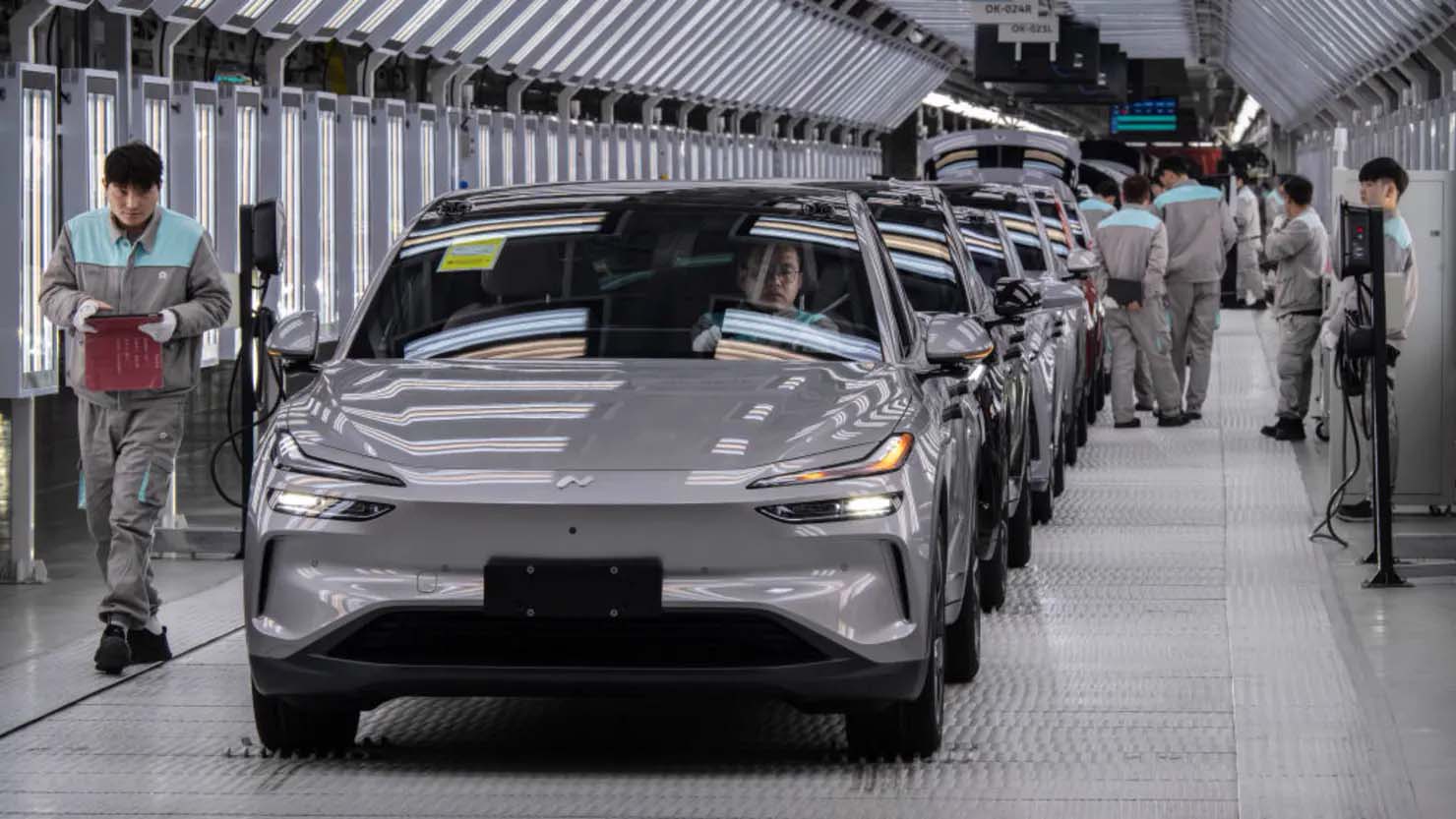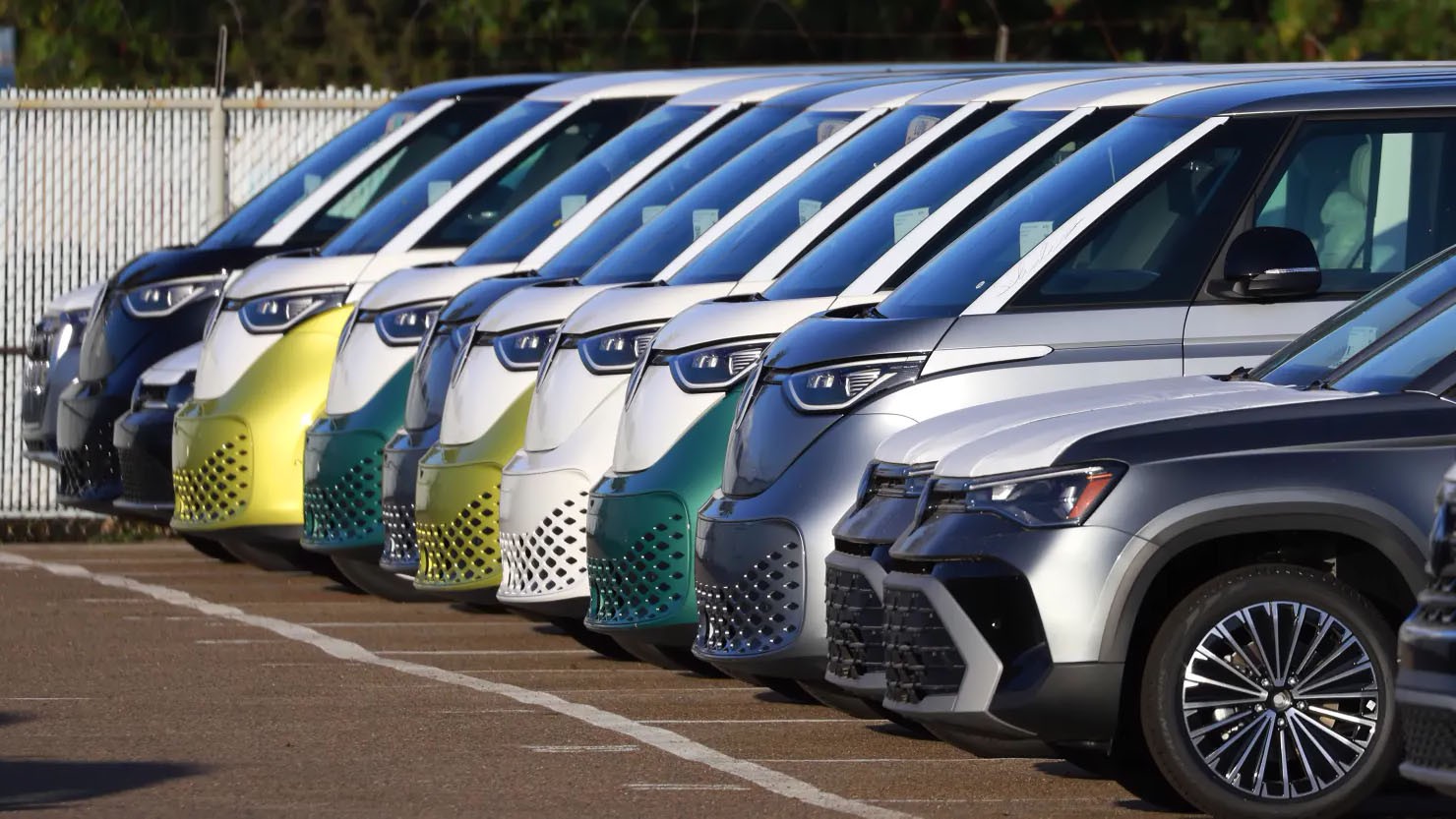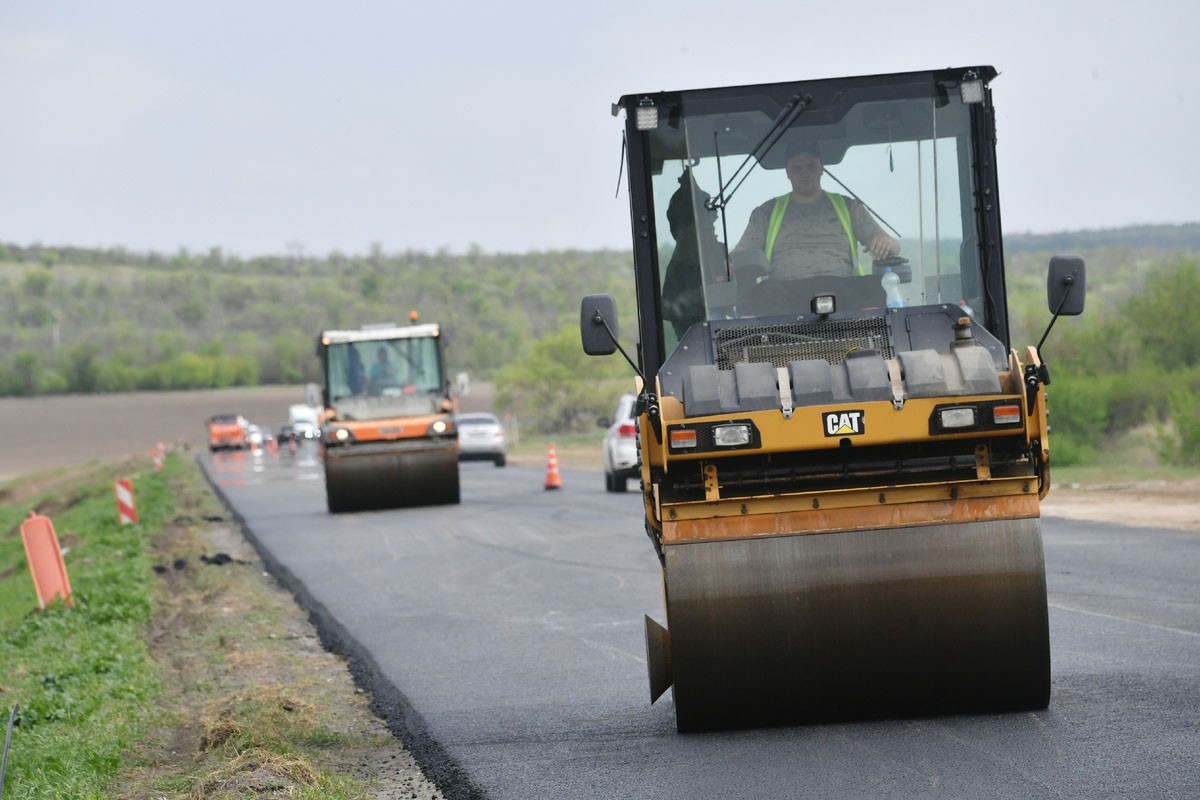After months of declining supply volumes and pressure from competitors, Tesla has recorded its first increase in shipments to China in 2025. In June, 71,599 vehicles were shipped from the company's Shanghai plant — up 0.8% from the same period last year and up 16% from May. Although growth looks moderate, it may signal the beginning of a recovery in the company's position in the world's largest electric vehicle market.
The recent easing of regulatory restrictions in China was one of the key factors contributing to the improved dynamics. The updated rules open the way for expanding the capabilities of the Tesla autopilot, which can strengthen the brand's competitiveness against the background of aggressive development of local manufacturers.
However, on a global level, Tesla continues to face serious challenges. According to the results of the second quarter of 2025, the company delivered 384,122 vehicles — 13% less than a year earlier. Despite this, the results beat more pessimistic forecasts, according to which the decline could reach more than 20%. Investors took the report with cautious optimism: the company's shares rose by 5% after publication, although the annual dynamics remains negative-minus 22%.
Analysts warn that the current decline may be prolonged. One of the key threats remains the possible cancellation of federal tax breaks on electric vehicles in the United States. This will make Tesla products less accessible to the mass buyer and may increase pressure from competitors such as BYD and General Motors, which are actively expanding the model range in the lower price segment.
An additional uncertainty factor remains the delay in launching new budget Tesla models. Without timely entry into the market of affordable versions of electric vehicles, the company risks losing share amid growing supply from Chinese and American auto giants.
According to the current forecast, Tesla's sales volume in 2025 may reach about 1.66 million vehicles, which will mark the second consecutive annual decline after 1.79 million deliveries in 2024. Against the background of increasing competition and increasing regulatory risks, the company is likely to enter a new stage, where the speed of adaptation to the changing market environment will be a determining factor.












